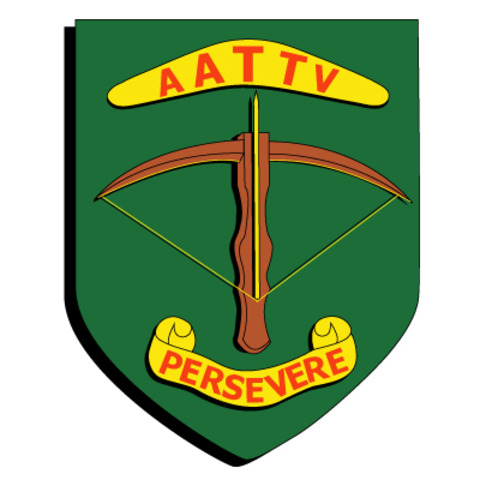Ray Payne – Frontline
Australia’s immigration levels are running at an unsustainable pace, contributing directly to the housing shortage and skyrocketing rental costs. This is making it increasingly difficult for young Australians to buy homes, start families, and cope with the rising cost of living, which is spiralling out of control.
Over the first eight months of 2024, Australia recorded an unprecedented 358,964 net permanent and long-term arrivals. This figure is around 5,000 higher than last year’s record, and a staggering 115,500 more than the same period in 2019. The sheer volume of new arrivals is placing enormous strain on an already overstretched housing market, driving prices up and pushing rents to unaffordable levels.
The situation is exacerbated by a lack of new housing developments and limited supply of rental properties. Young Australians, who are already burdened with high costs of living, are being priced out of home ownership. Many are delaying or reconsidering starting families due to the financial uncertainty caused by high mortgage rates, rent increases, and inflation.
As immigration levels continue unchecked, the balance between housing demand and supply grows more uneven. The government’s lack of control over this issue is hurting future generations, making it almost impossible for many to achieve the Australian dream of owning a home.
If Labor does not take immediate action to manage immigration numbers, the situation will only worsen. Australia’s young people will continue to bear the brunt of the housing crisis, and the country’s economic and social fabric will be strained by this ongoing pressure.











